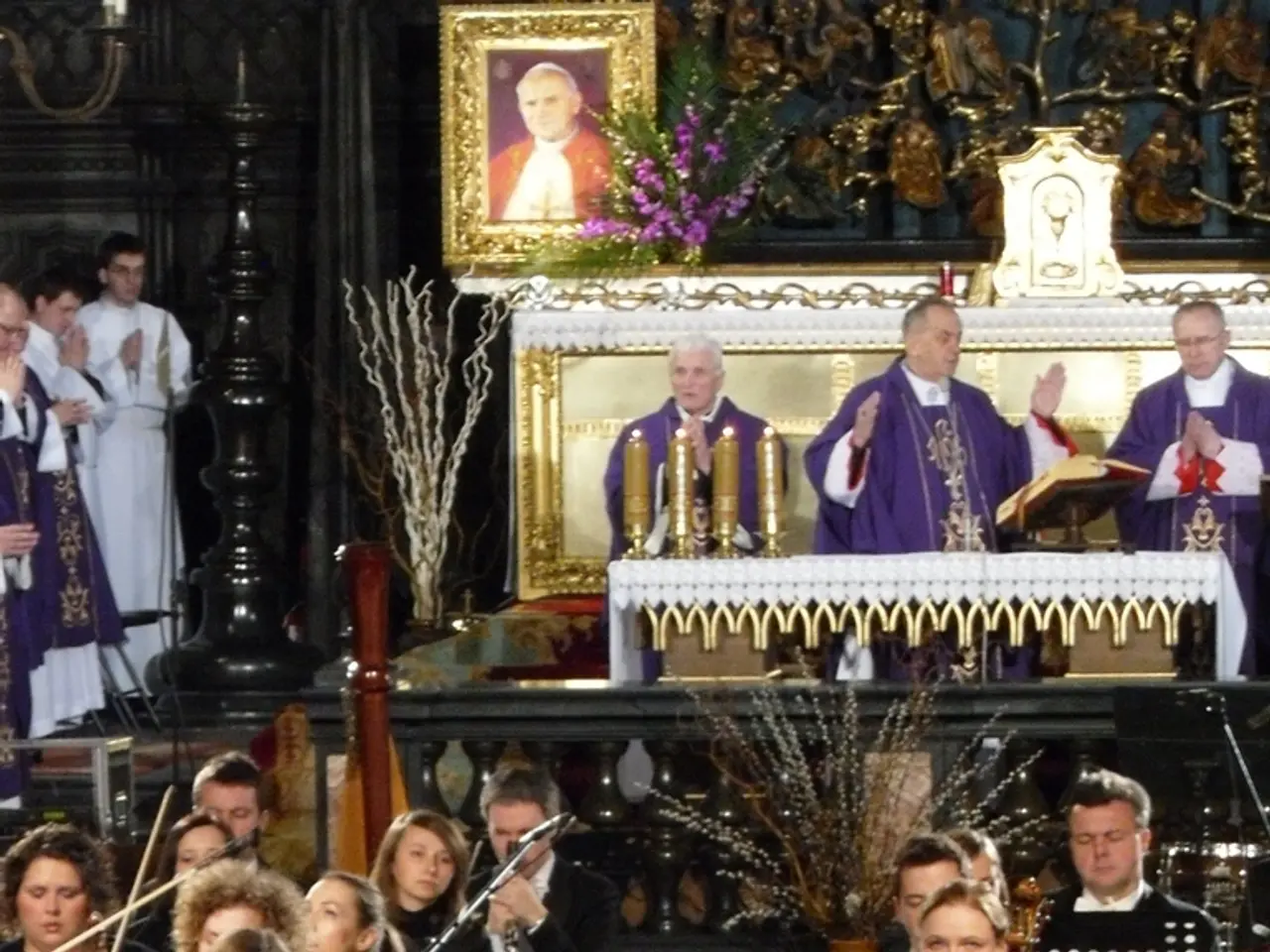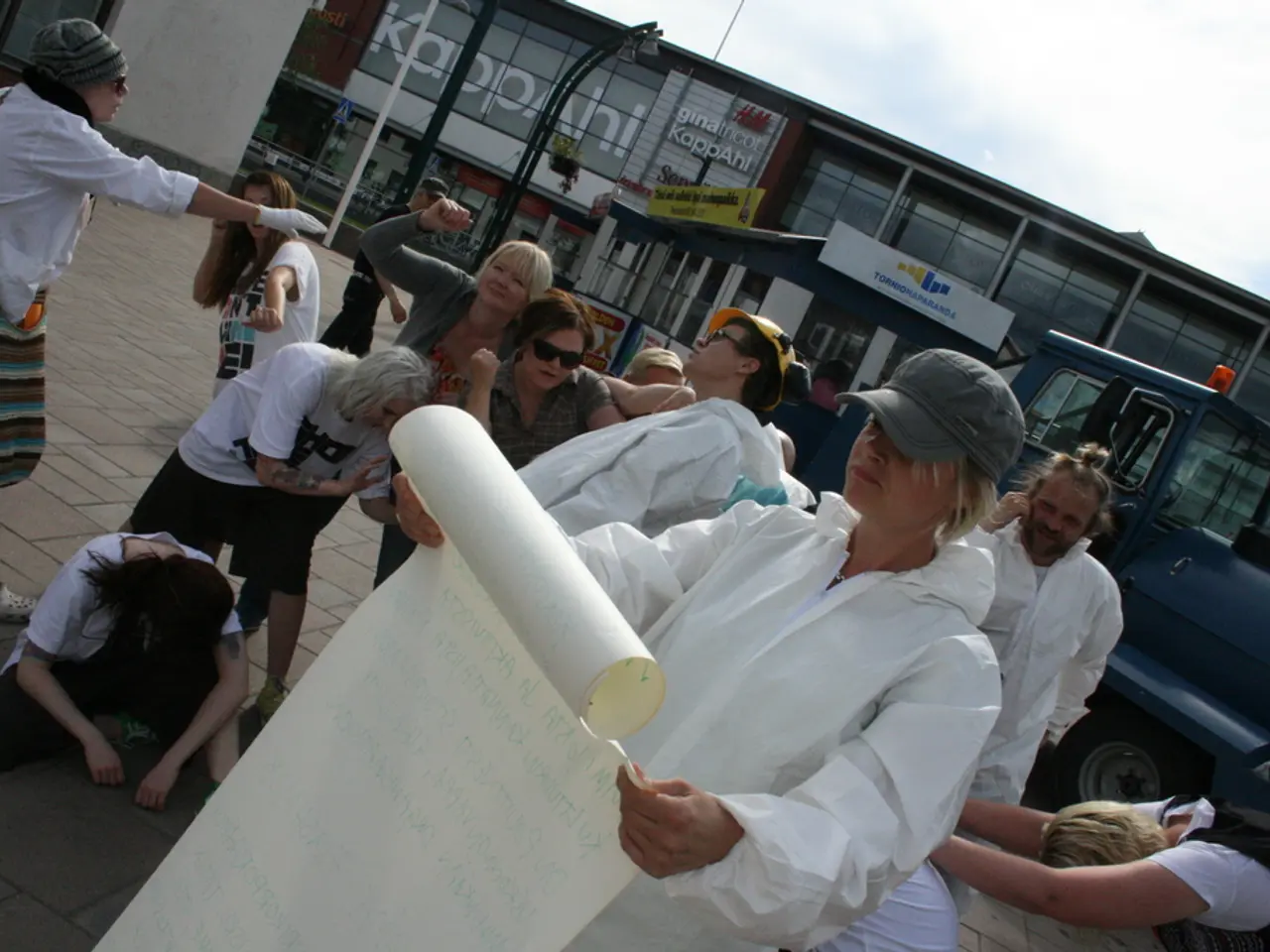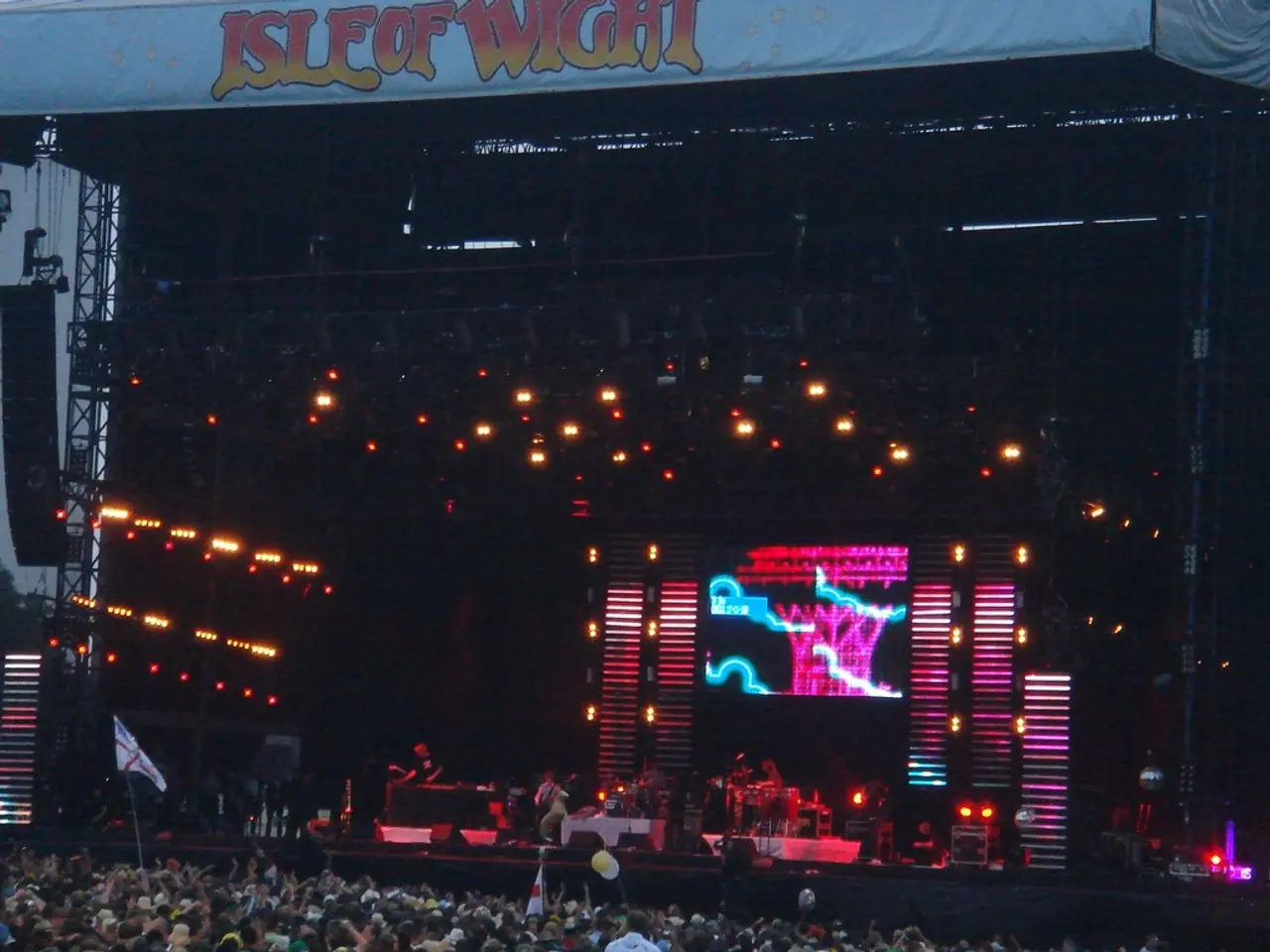Brooklyn Insights: Yiddish New York: Amid Archive, Performance, and Community
The Kiselgof-Makonovetsky Digital Manuscript Project (KMDMP) is a groundbreaking initiative that aims to preserve and make accessible a wealth of historical Jewish musical manuscripts. These manuscripts, which originate from a Kiev archive, are a treasure trove of Eastern European Jewish musical heritage, with a particular focus on klezmer, Yiddish, and Jewish folk music traditions.
By digitizing these manuscripts, the KMDMP ensures that they remain accessible to musicians, scholars, and enthusiasts, even as the physical fragility of old manuscripts or historical events like the Holocaust and mass migrations threaten their preservation. This digital archiving allows for the study and performance of rare and historically significant melodies that might otherwise be lost to time.
The KMDMP's work has a significant impact on the klezmer music community. By providing open access to primary sources of klezmer tunes, the project enables performers and researchers to engage directly with the original material, rather than relying on secondary or derivative sources. This accessibility has practical implications for musicians, with artists like Jordan learning and performing pieces directly from the digitized collections.
The KMDMP also serves as a bridge between historical and living traditions, allowing for a richer, more nuanced understanding of klezmer's development. The project highlights the diversity within Jewish music, from the old European traditions documented in the Kiev archive to newer compositions and fusion styles originating in places like 1980s Brooklyn and Philadelphia.
In addition to its impact on the klezmer community, the KMDMP has a broader significance in today's globalized world. By digitizing and widely sharing these manuscripts, the project helps ensure that klezmer music remains a living tradition, adaptable to new contexts while staying grounded in its origins. This is especially important in a world where communities are dispersed, and the survival of niche cultural expressions often depends on digital access and collaboration.
The KMDMP's success is evident in its ability to foster musical community and new art projects, even during the COVID era. Events like the Yiddish New York Festival, which focuses on pedagogical sessions on klezmer music and Yiddish language, and lectures on Ashkenazi culture, demonstrate the project's ability to engage and educate a wide audience.
In conclusion, the Kiselgof-Makonovetsky Digital Manuscript Project is a vital initiative that preserves, revitalizes, and democratizes access to foundational klezmer melodies and Jewish folk music from Eastern Europe. By challenging traditional academic protocols and combining historical musicology with group art-making practice, the KMDMP is not only preserving these precious musical treasures but also fostering a vibrant and engaged global klezmer community.
The Kiselgof-Makonovetsky Digital Manuscript Project (KMDMP) not only offers a platform for the study and performance of Jewish music but also serves as a melting pot for various musical genres. Thus, it provides a unique opportunity for entertainers and music enthusiasts to delve into the rich heritage of klezmer, Yiddish, and Jewish folk music.
The digitized manuscripts, with their historic significance, enable artists like Jordan to learn and perform pieces directly from primary sources, thereby enriching their repertoire and contributing to the living tradition of klezmer music.








